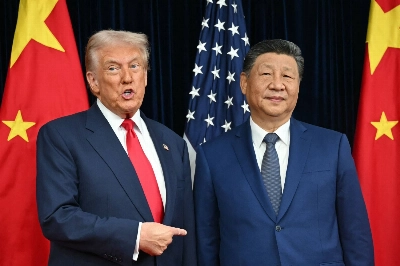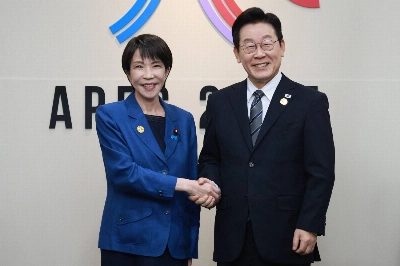HONOLULU -- When U.S. Secretary of Defense Donald Rumsfeld addressed the Shangri-la Security Dialogue in Singapore last weekend, most of the attention in the meeting and later in the press focused on his candid comments about China's military strategy, spending and modernization.
The secretary barely touched on the fundamental revision in the U.S. defense posture that is intended to counter a potential threat from China or to respond swiftly to contingencies elsewhere, pointing only to "a repositioning of U.S. forces worldwide that will significantly increase our capabilities in support of our friends and allies in this region."
American defense officials in Washington, at the Pacific Command here in Hawaii, and in Asia have spent many months seeking to bring Rumsfeld's policy to reality. They have fashioned a plan intended to strengthen the operational control of the Pacific Command, enhance forces in the U.S. territory of Guam, tighten the alliance with Japan and streamline the U.S. stance in South Korea.

















With your current subscription plan you can comment on stories. However, before writing your first comment, please create a display name in the Profile section of your subscriber account page.